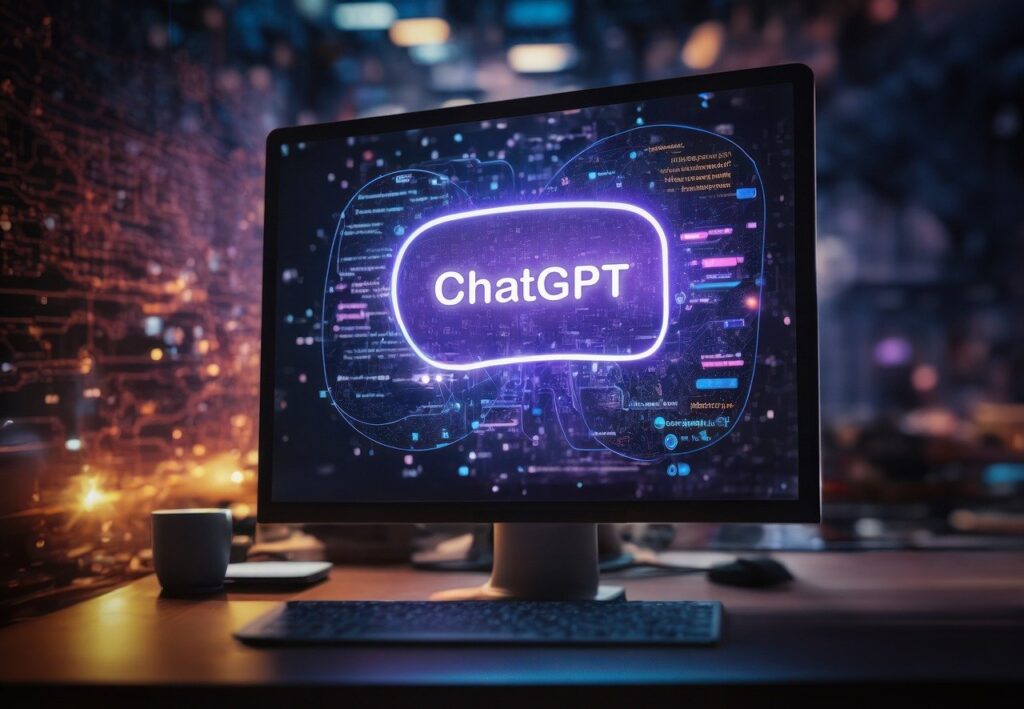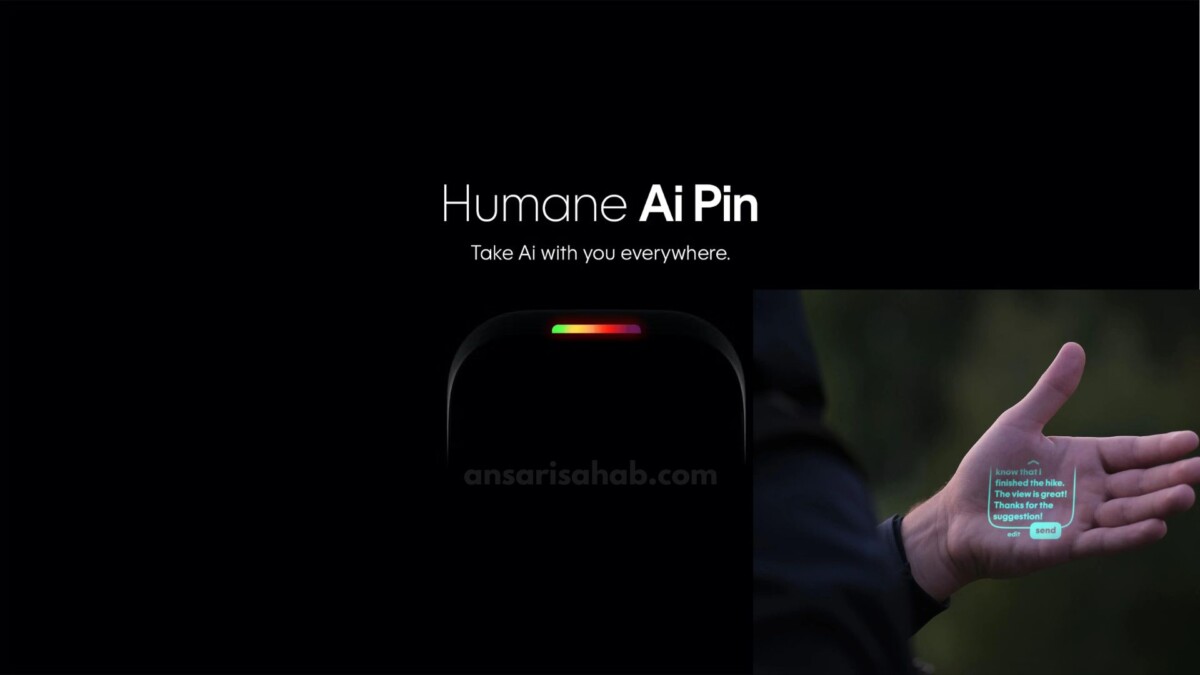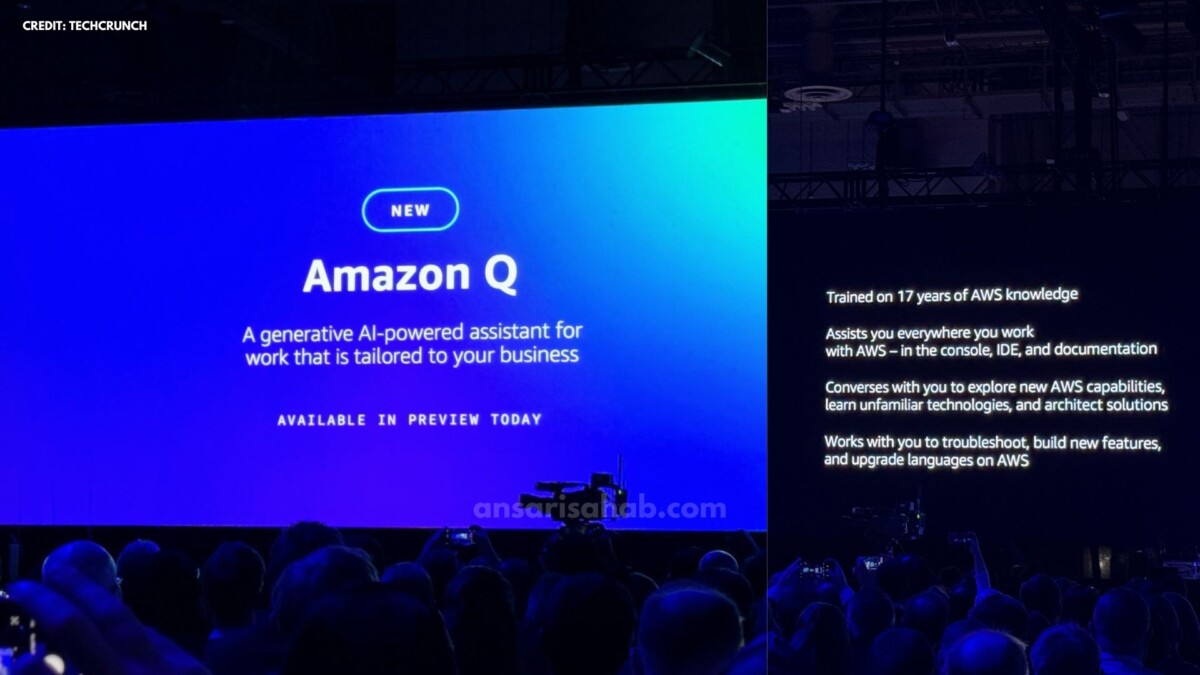In today’s digital age, artificial intelligence (AI) has made its mark in various industries, and one of its most prominent applications is in chatbots. Among the notable AI chatbots, ChatGPT has gained considerable attention. In this comprehensive guide, we’ll delve into the world of AI ChatGPT, explaining what it is, how it works, its applications, and its significance in the realm of artificial intelligence.
Chapter 1: Understanding AI
Before we delve into ChatGPT, let’s establish a foundational understanding of AI itself. AI, or Artificial Intelligence, is a branch of computer science that focuses on creating systems capable of performing tasks that typically require human intelligence. Artificial intelligence encompasses a wide range of technologies and applications, including machine learning, natural language processing (NLP), computer vision, and more. ChatGPT is a prime example of how AI and NLP can be combined to create advanced chatbots.
Chapter 2: What is ChatGPT?
ChatGPT is an AI-powered chatbot developed by OpenAI. It’s a sibling model to the renowned GPT-3, but specialized for generating human-like text responses in conversational contexts. The “Chat” in ChatGPT stands for its ability to engage in natural language conversations with users. ChatGPT leverages deep learning and large language models to understand and generate text responses that mimic human conversation. Unlike traditional chatbots, ChatGPT doesn’t rely on predefined scripts or rules; instead, it learns from vast amounts of text data to respond contextually to user queries.
Chapter 3: How Does ChatGPT Work?
To provide meaningful responses, ChatGPT relies on its training data, which consists of a massive amount of text from the internet. It uses a deep learning architecture known as a transformer neural network. This neural network processes the input text and generates coherent and contextually relevant responses.

The key components of ChatGPT’s operation include:
- Tokenization: The input text is split into smaller units called tokens, which can be as short as one character or as long as one word.
- Contextual Understanding: ChatGPT understands the context of the conversation by considering the preceding dialogue, allowing it to generate relevant responses.
- Probability Distribution: The model assigns probabilities to each token, determining the most likely next word in the response.
- Training Data: ChatGPT’s effectiveness is a result of its training on a diverse and extensive dataset from the internet.

Chapter 4: Applications of ChatGPT
ChatGPT’s versatility makes it suitable for various applications across industries. Here are some notable examples:
1. Customer Support: Many businesses employ ChatGPT for handling customer queries and providing instant assistance.
2. Content Generation: It can assist content creators by generating ideas, outlines, or even full articles.
3. Language Translation: ChatGPT can translate text from one language to another with high accuracy.
4. Personal Assistants: Users can interact with ChatGPT as a virtual assistant, scheduling tasks, setting reminders, and answering questions.
5. Education: ChatGPT can be used in educational settings to provide instant answers to students’ questions.
Read More: Everything about OpenAI: Revolutionizing Artificial Intelligence Company
Chapter 5: Significance of ChatGPT in AI
ChatGPT represents a significant milestone in the development of AI-driven chatbots. Its contributions to the field of artificial intelligence are as follows:
1. Human-like Conversations: ChatGPT’s ability to engage in natural conversations brings us closer to achieving AI systems that can mimic human interactions seamlessly.
2. Enhanced User Experience: Businesses and organizations can improve customer experiences by implementing ChatGPT for efficient and personalized interactions.
3. Democratizing AI: OpenAI’s approach to making ChatGPT available to developers and businesses has democratized access to advanced AI capabilities.
Chapter 6: Challenges and Ethical Considerations
While ChatGPT holds immense potential, it also poses certain challenges and ethical concerns:
1. Bias: The model can inherit biases present in the training data, leading to potentially biased responses.
2. Misinformation: There is a risk that ChatGPT may generate false or misleading information, which can be problematic in certain contexts.
3. Privacy: Conversations with chatbots may involve sensitive information, raising concerns about data security and privacy.
Chapter 7: Future of ChatGPT
The development of AI chatbots like ChatGPT is an ongoing process. OpenAI and other organizations continue to refine these models, addressing issues related to bias, misinformation, and privacy.
The future of ChatGPT and similar AI chatbots is likely to include:
- Improved language capabilities.
- Enhanced understanding of context and user intent.
- More widespread adoption across industries.
- Ongoing efforts to mitigate bias and ethical concerns.
Conclusion
In conclusion, ChatGPT represents a remarkable advancement in the field of artificial intelligence and chatbot technology. Its ability to engage in human-like conversations has the potential to revolutionize customer support, content creation, education, and more. However, it is essential to remain vigilant about the ethical implications and challenges associated with its use.
As AI technology continues to evolve, ChatGPT will undoubtedly play a pivotal role in shaping the future of AI-powered interactions. Whether you’re a business looking to enhance customer support or an individual curious about the capabilities of AI, ChatGPT is a testament to the incredible progress being made in the world of artificial intelligence.










Pingback: Everything about OpenAI: Revolutionizing Artificial Intelligence Company - Ansari Sahab